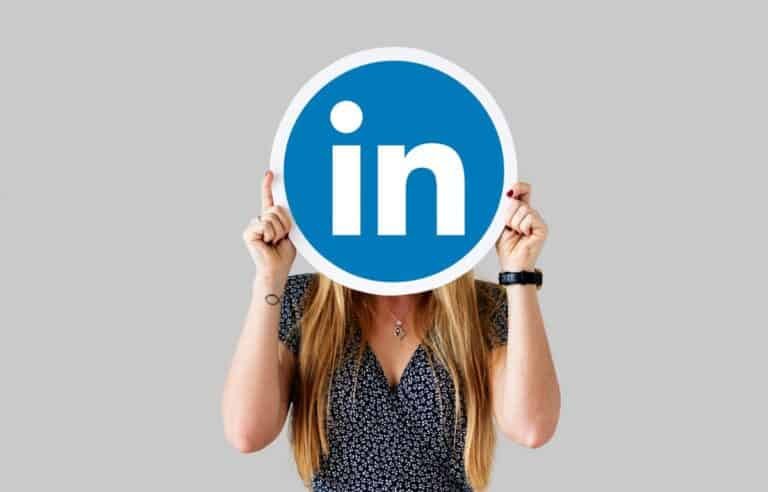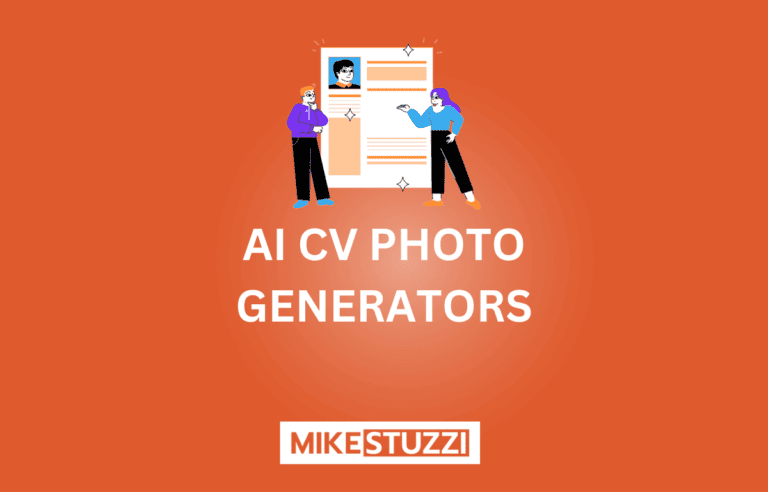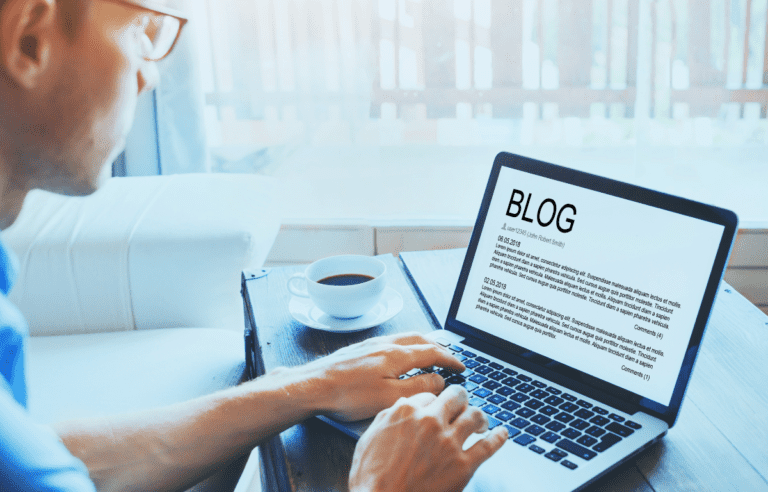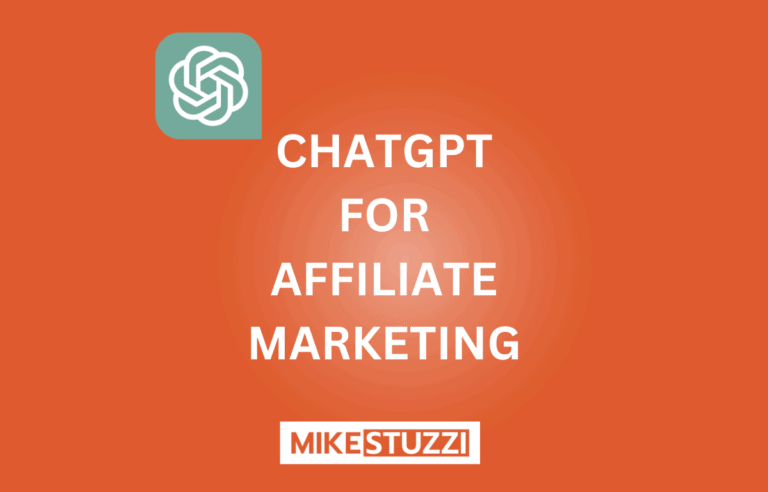Les tirs à la tête de l’IA sont-ils sûrs ?
AI headshots have become increasingly popular in recent years. It’s all thanks to the advancement in AI image generation.
These AI-generated headshots can serve various purposes, from using them as profile pictures for job sites like LinkedIn to putting them as your blog author avatar. However, as with any new technology, there are concerns about the safety of Générateurs de headshots IA.
In this article, you’ll learn whether AI headshots are safe. Read on to discover the potential risks of AI headshots and the safety measures in place to mitigate those risks.
How AI Headshots Work
AI headshot generators utilize advanced machine learning algorithms to generate realistic and high-quality portraits or facial images out of your selfies. The AI model is trained on a vast dataset of facial images, which may include diverse facial features, expressions, and poses.
This dataset provides the foundational information that the AI model will use to create new portraits. So, when you upload a selfie or a photo, the AI system analyzes your facial features, such as the shape of the face, eyes, nose, mouth, and other distinctive characteristics.
It then uses your submitted photo, along with the information it gathered during training, to create a headshot that features your face with different clothing, backgrounds, and locations, among other things.
Lire aussi : How to Generate Headshots Using AI
Potential Risks of AI Headshots
Below are some of the risks associated with AI headshot generators.
Misuse of Personal Data
One of the primary concerns is the unauthorized access and potential breaches of this sensitive personal data. If not properly secured, AI headshot app databases could become targets for hackers seeking to exploit or misuse individuals’ facial images and associated personal information.
The misuse of personal data in AI headshots can also extend to the unauthorized commercial use of individuals’ facial images. There have been cases where companies have used facial images without consent for targeted advertising, profiling, or other commercial purposes.
You’ll find that some tools feature AI headshot examples of users on their sites. However, these users are the ones who give consent to the platform to use their images for promotional purposes.
Creation of Deepfakes
Deepfake technology involves the use of artificial intelligence and machine learning algorithms to create highly realistic, manipulated media, such as videos or images, often featuring individuals in scenarios or actions they didn’t partake in. This process typically involves training AI models on large datasets of images and videos to learn and replicate the facial expressions, movements, and speech patterns of a target individual.
AI headshots, on the other hand, specifically focus on generating lifelike facial images of you using AI techniques based on your selfies and other regular photographs. If someone with malicious intent accesses your submitted photographs, it’s possible for them to create a deepfake video of you.
Still, the thing about deepfakes is that your voice is needed to make the video complete. However, AI headshot tools have no access to your voice (they only require your photos), meaning that a deepfake scenario is unlikely.
Safety Measures in Place
AI headshot generators employ various data protection methods to protect the privacy and security of user-uploaded photos and AI-generated portraits. These methods are essential for safeguarding sensitive personal information and preventing unauthorized access or misuse of user data.
Encryption
These tools use strong encryption protocols to protect user-uploaded photos and the resulting AI-generated portraits during transmission and storage. This helps prevent unauthorized access to the data, ensuring that it remains secure and confidential.
Automatic Deletion
Specific AI headshot generators, including one I like called IA d'Aragon, automatically delete your photo records after a specified period. For this particular tool, it’s 30 days after you’ve generated AI headshots.
These records include both your submitted images and the generated ones. As if that’s not enough, Aragon AI allows you to delete any record yourself at any given point.
User Consent and Control
When using any legitimate AI headshot app, you can access clear information about how your data will be used. They obtain explicit consent for data processing and allow you to control the sharing of your AI-generated portraits.
Regular Security Audits
Most AI-powered headshot tools conduct regular security audits, vulnerability assessments, and penetration testing to identify and address potential security weaknesses in their infrastructure and applications.
Is It Safe to Use AI Headshots?
Given the privacy and data protection methods that AI headshop apps employ, you shouldn’t be worried about using them for business and professional purposes. After all, you’ll be enjoying benefits such as saving costs on photography and studio appointments and quicker turnaround times compared to real shoots.
While images uploaded to AI headshot apps may be processed to generate AI portraits, reputable providers typically don’t use these images for purposes beyond the intended functionality of the app.
What’s more, if you already have your pictures on other online platforms and social networks, you won’t be doing anything new by uploading your selfies to an AI headshot generator. AI headshot apps are just like the other platforms online and all you need to do is pick a well-established tool for generating your headshot images.
How to Make Sure You Have a Nice Experience Using AI Headshots
To ensure a positive and enjoyable experience when using AI headshot applications, consider the following tips:
- Choose reputable providers: It helps to select AI headshot apps or platforms from reputable and trusted providers with a track record of prioritizing user privacy, data security, and ethical practices.
- Review privacy policies: Before using an AI headshot app, you need to carefully review its privacy policy to understand how user data like uploaded images will be handled, stored, and used. Look for clear information on data protection, consent, and user control.
- Understand data usage: You need to ensure that the app’s intended use aligns with your expectations and that you are comfortable with the scope of image processing and storage.
- Check for consent options: Look for AI headshot apps that give clear options for obtaining your explicit consent before using your images to generate AI portraits. Ensure that you have control over the sharing and deletion of the resulting portraits.
- Read user reviews: Reading user reviews and feedback about AI headshot apps can help you gauge the experiences of others. It becomes easy to identify any potential concerns or positive aspects of the app’s functionality and data handling.
Conclusion
Safe to say, you can use AI headshot generators without exposing your personal information to unauthorized usage. Most popular headshot tools value your privacy and won’t use your information in ways you’ve never agreed to.
I’ve written about the best AI headshot generator apps before on this blog. Be sure to check out my recommendations and you’ll experience nothing but quality results and satisfaction using them.
Lire aussi :







